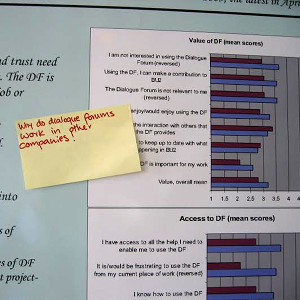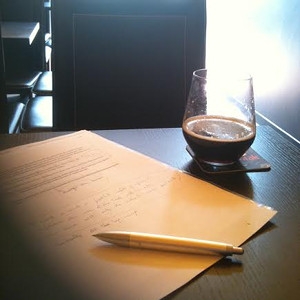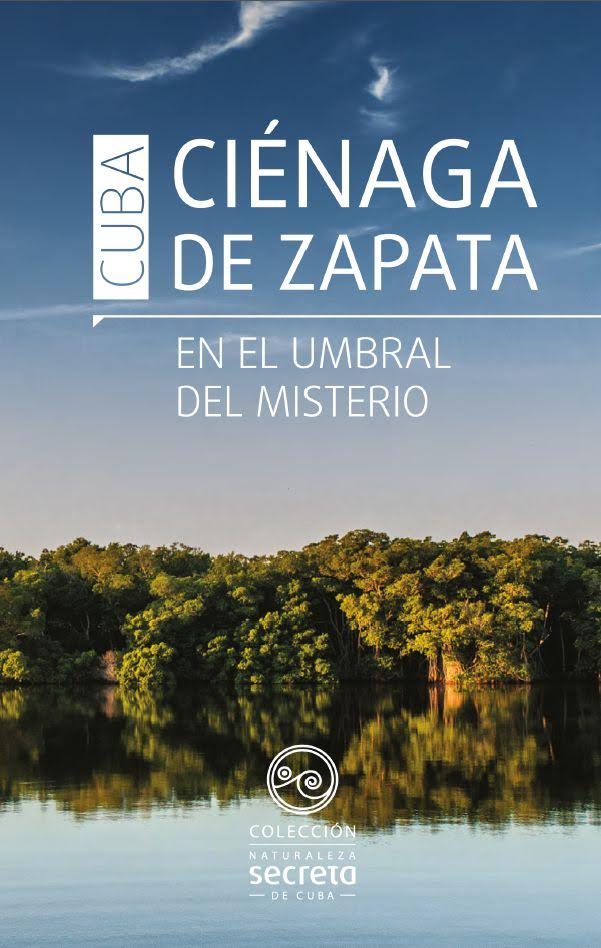Matilda Bay Research Network’s activities include:
Network

promoting activities to establish and maintain ties among members, other researchers, universities, associations and other institutions operating in the Association’s fields of interest at an international level
Scientific activities

meetings, conferences, debates, seminars, research projects
Education and training

courses, lessons, meetings, stages and internships for students and graduates, also in collaboration with academic institutions
Dissemination

production and diffusion of scientific publications, conference proceedings, books and reports related to research and studies developed by the Association or by Association members
Shared Projects
Hidden Nature in Cuba
Cuba has more than 200 protected areas. They cover 22% of the island’s surface, about 1.4 million ha, and several extend into the surrounding ocean. Many have been internationally recognised as UNESCO Biosphere Reserves.
The Cuban Government has decided to open protected areas to nature and adventure tourism while continuing to ensure the protection of their ecosystems. Although scientists and experts are familiar with Cuba’s natural heritage, little information is available for tourists and, until now, no specialized nature guides could be found.
As a response, the Hidden Nature in Cuba project was established to publish guides to the biodiversity of Cuba’s protected areas. An education project accompanies the publishing project.
The publishing project includes a series of guides for ecotourism and nature tourists in Cuba. The first volume, for the Ciénaga de Zapata National Park (Zapata Swamp), was written by a team of Cuban and Italian experts.
It was published in 2017 (see photo) with the support of the Cuban Embassy in Italy. The protected areas covered by future volumes will be chosen with Cuban institutions, taking into account expected tourism development in the different locations.
The educational project draws on the guides to develop resources for learning about Cuba’s nature reserves and parks, and to support environmental education in schools.
Here is an excerpt from the guide.
For more information please write to PierCarlo Porporato.


